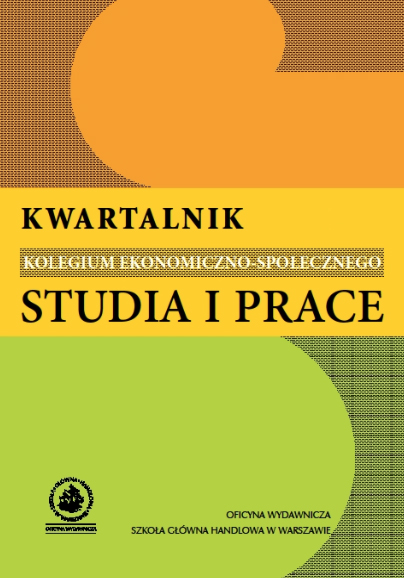Transformations of the spatial structure of peasant farms in Poland after 1918
Transformations of the spatial structure of peasant farms in Poland after 1918
Author(s): Janusz KalińskiSubject(s): National Economy, Economic history, Economic policy
Published by: Szkoła Główna Handlowa w Warszawie
Keywords: agriculture; economy; spatial structure; arable farm
Summary/Abstract: One of the crucial elements of 'longue durée' in the Polish economy is the spatial structure of peasant farms. Observations from the last century prove its limited transformations, despite the dramatic political and economic events so abundant in the 20th century. The share of the smallest farms in the total number did not change, which is vividly illustrated by the fact that both in 1921 and in 2015 there was an identical percentage (nearly 33%) of small farms (2-5 ha). Over that time the percentage of small holdings (up to 2 ha) decreased by 11 percentage points and stood at 18%. As a result, small farms and small holdings still accounted for 51% of all the farms. However, positive, though admittedly limited, changes occurred in the group of peasant farms of over 20 ha. Their percentage in 1921 was 2.5%, and in 1960 - only 1%, but by 2015 it had reached 9.5%. It was a result of the policy of acceptance for larger farms in the final two decades of the Polish People's Republic and the new system and economic conditions after 1989. However, the concentration of land - so crucial for an increase in the agricultural production efficiency - was happening in too slow a manner.
Journal: Kwartalnik Kolegium Ekonomiczno-Społecznego „Studia i Prace”
- Issue Year: 35/2018
- Issue No: 3
- Page Range: 121-143
- Page Count: 23
- Language: English

